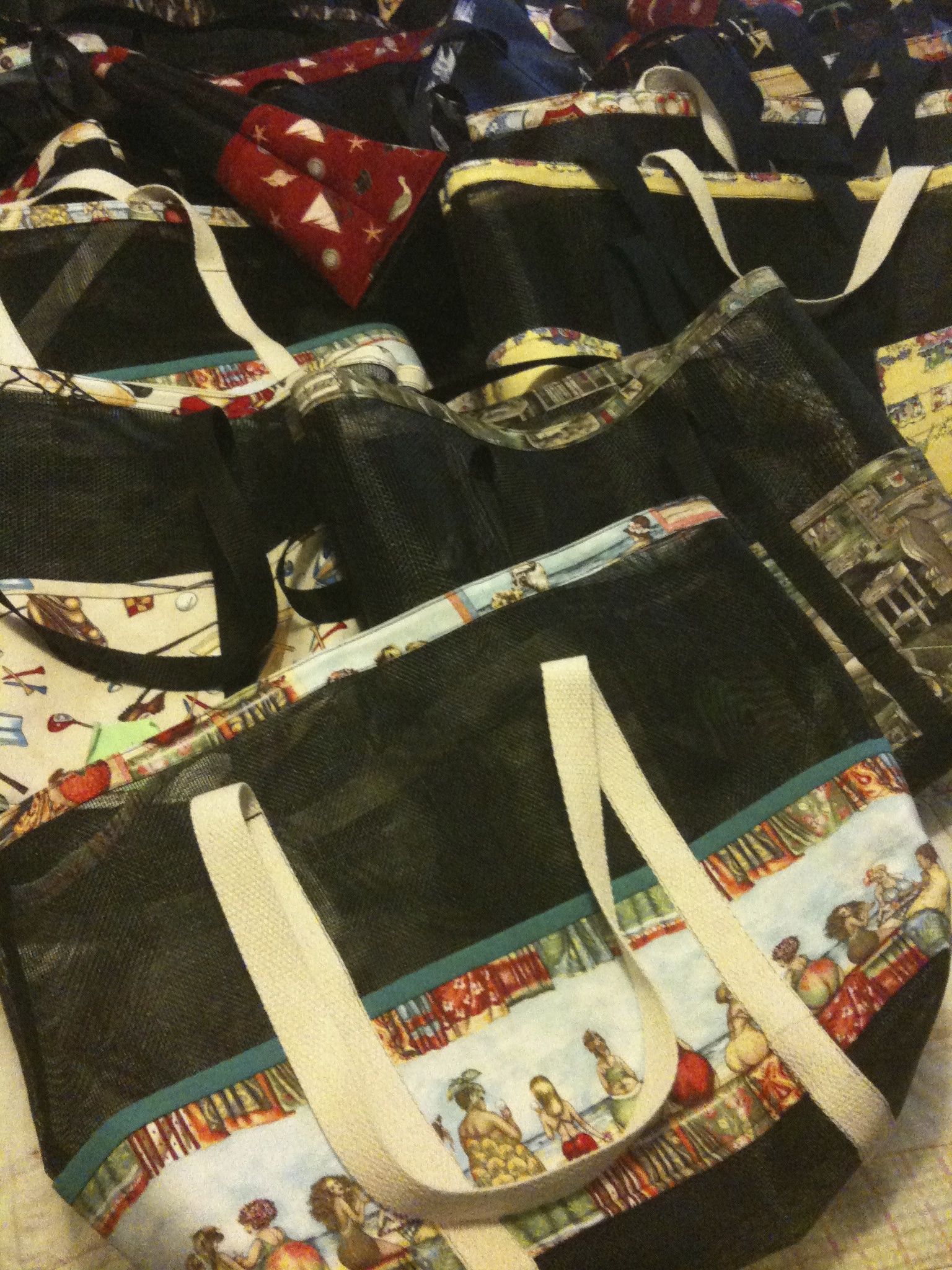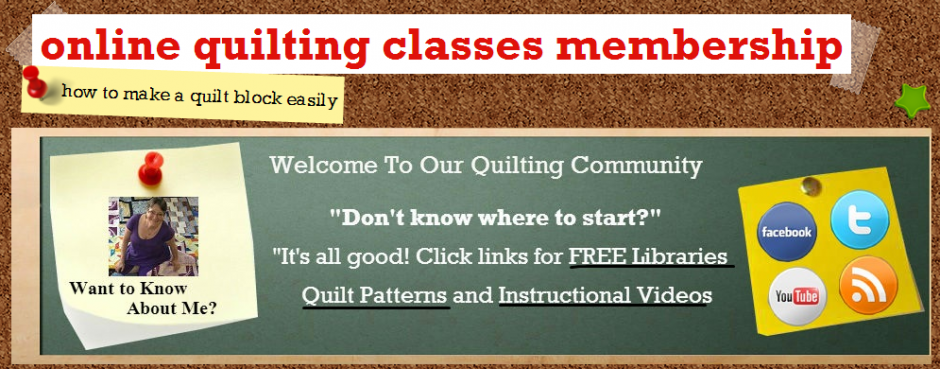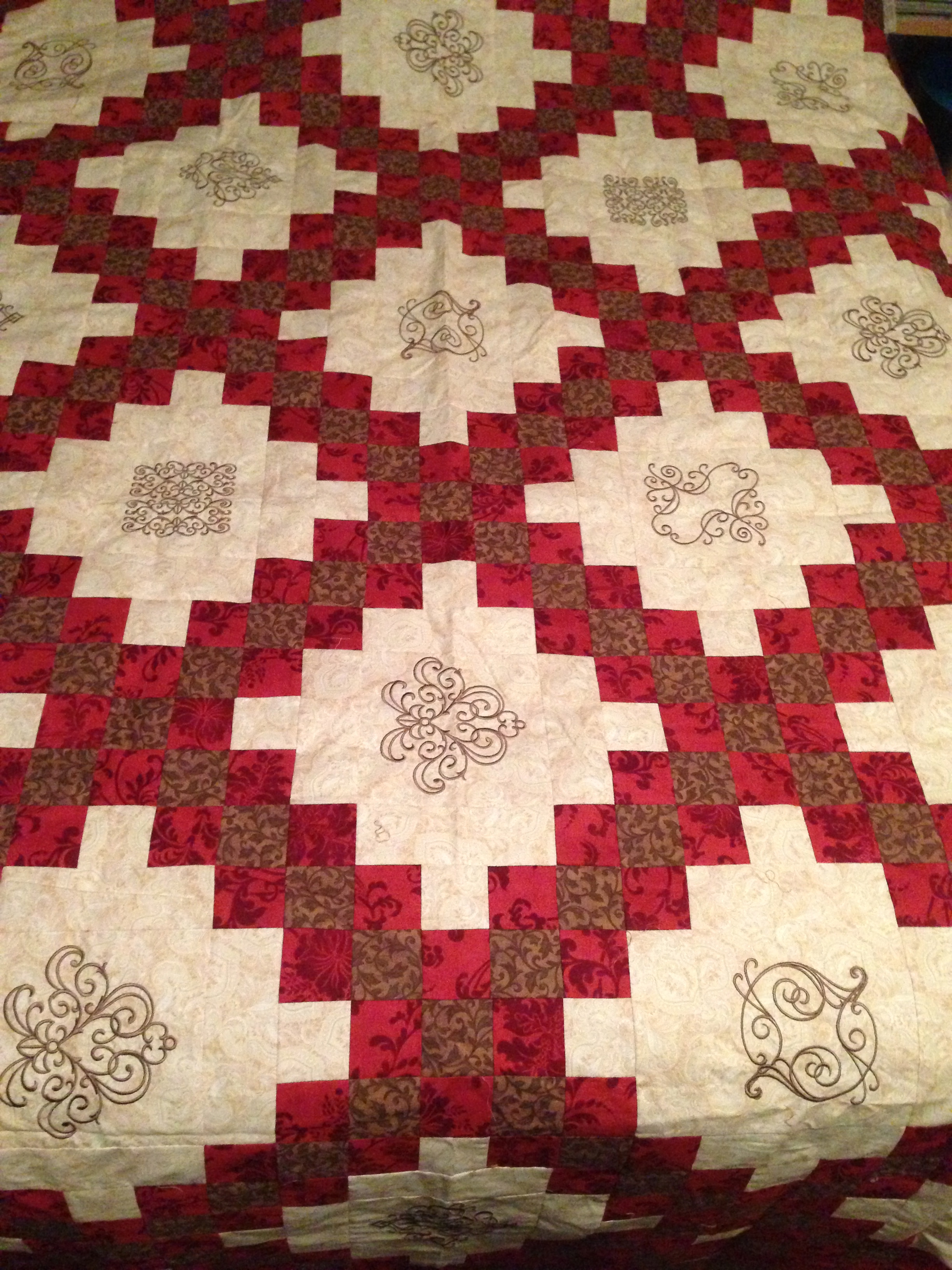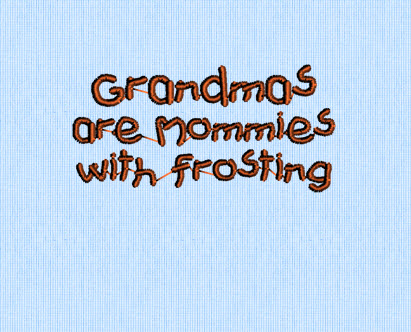Textured embroidery is a beautiful way to embellish fabric. I could think of two off the top of my head. Silk Ribbon Embroidery and Brazilian Embroidery. Both are just beautiful and have a lot of texture to them.
Silk ribbon embroidery is gorgeous and it feels really good while stitching. As I have been able to work with better and better materials, I have come to appreciate quality. The silk ribbon slipping through my finger is wonderful. I love texture. Part of my machine sewing is feeling the fabric feed into the machine. I gauge what is going almost as much by feel as by sight. And when you are working with silk, it feels great.
But, the beauty of silk is just as good as the feel of silk. The colors of the silk ribbon are vibrant and the variety of colors available is astounding.
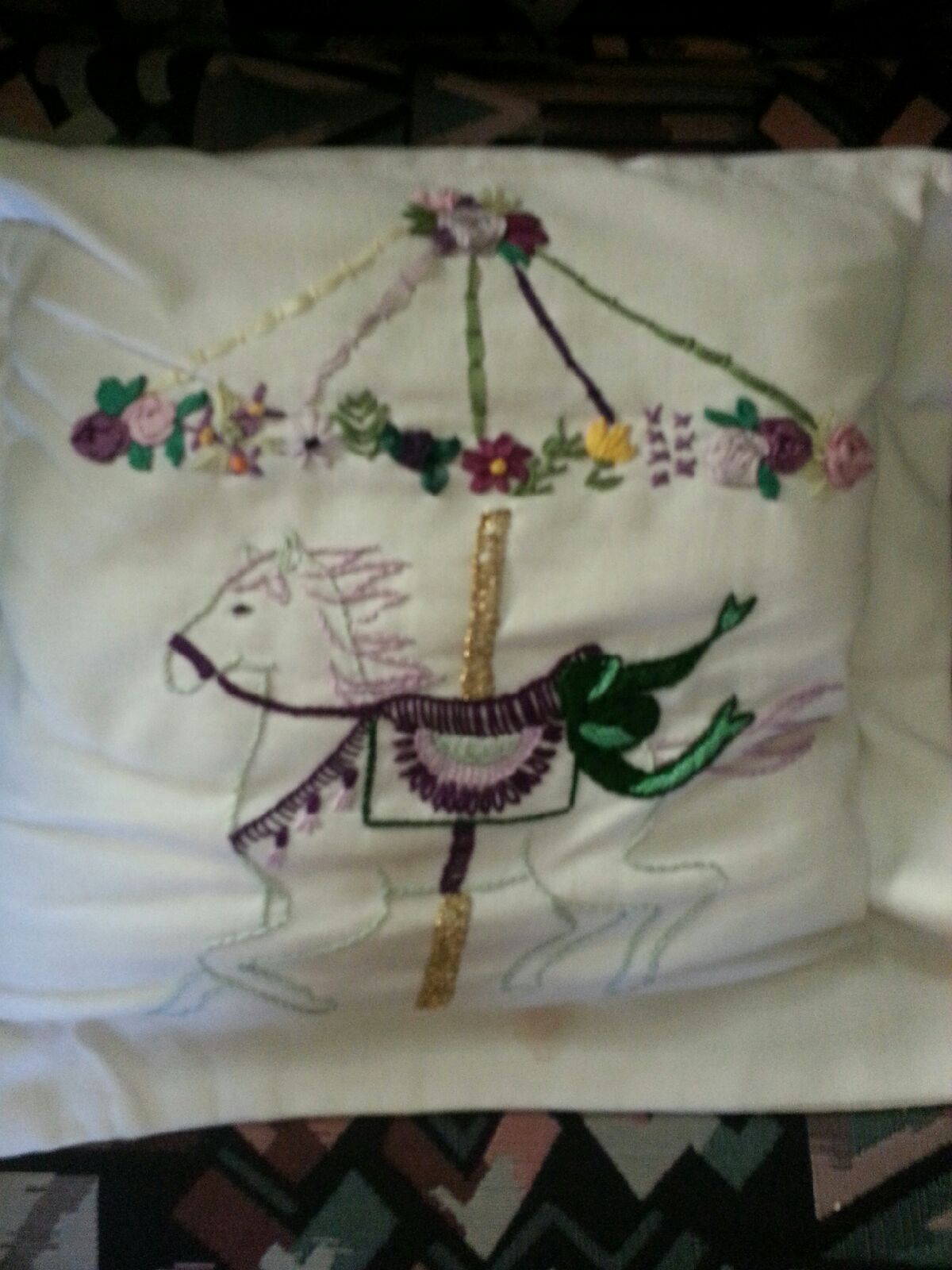
The trifecta comes in the form of variety of stitches. There are amazing things you can do in ribbon embroidery. French knots take on a whole new meaning. Silk flowers sewn into the fabric shows off the petals, the stems and the background fabric as well. To embellish any quality background with silk ribbon embroidery lets you enhance the material in ways that only this discipline can offer.
Much the same can be said of Brazilian Embroidery. The elevations produce beautiful juxtapositions of depth. Brazilian Embroidery can be build layer upon layer, just like nature. It results in a truly 3D product.
I have never attempted Brazilian Embroider, although it is definitely on my bucket list. I think that it is gorgeous. You can accomplish a lot of the effects because Brazilian Embroidery uses Rayon threads. It produces a sheen that no other material can produce. It also allows the artist to create knots and stitches that would not be possible with tread that was not quite as smooth. That allows for the layer on layer building up of stitches that create the depth.
Like Crewel, a Brazilian embroidery pattern generally outlines the major stitching and features of the design and then the stitcher decides how to to fill in areas or make adjustments.
Nordic Needle, at http://www.nordicneedle.com (link here) has quite a few Brazilian Embroidery patterns and instructions.

So if Rayon isn’t Brazilian and the stitches were not created in Brazil why is it Brazilian Embroidery? Because it was wildly popular in Brazil and emigrated from there. The Brazilians perfected a perfect combination of materials, workmanship, creativity and passion.
